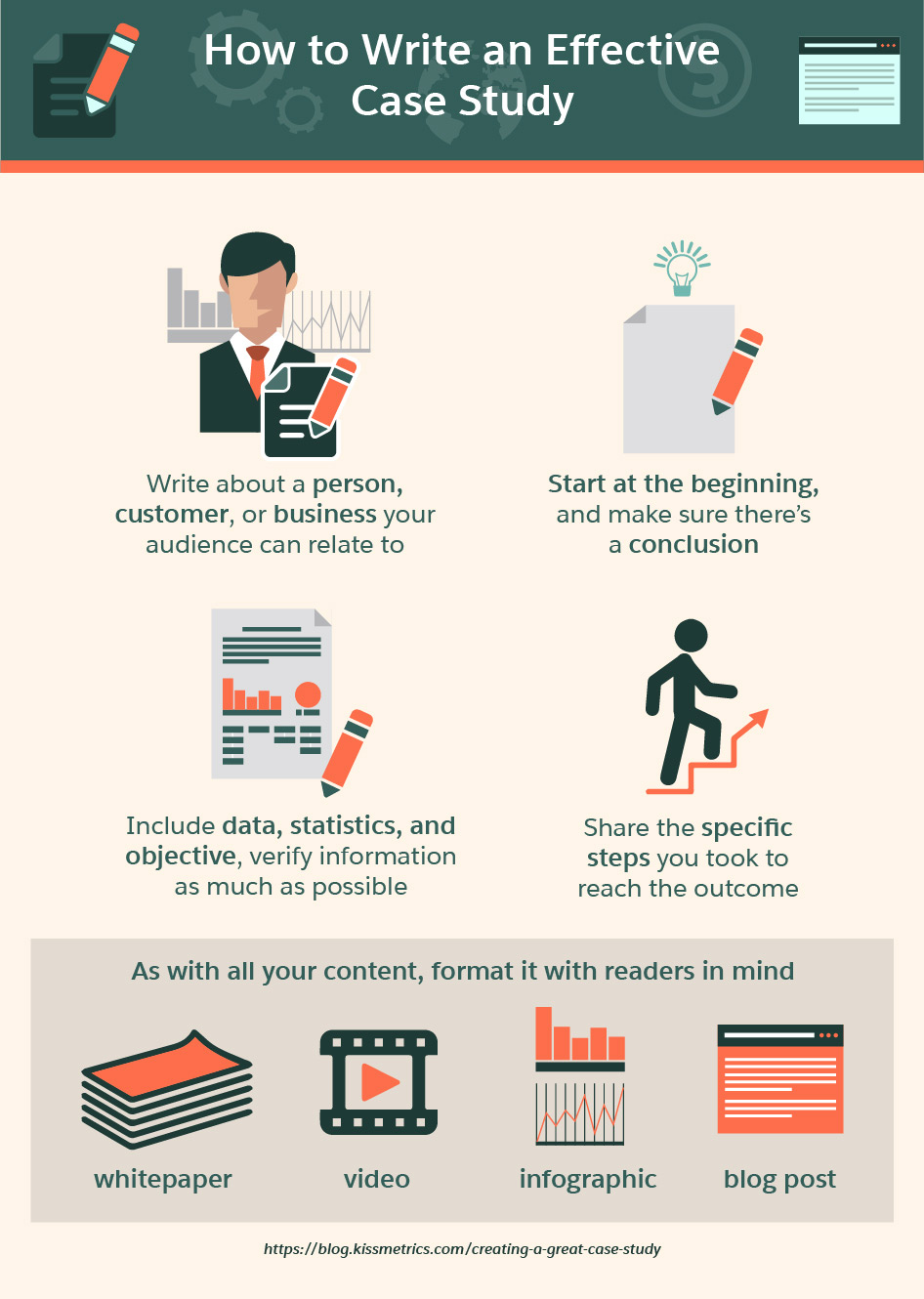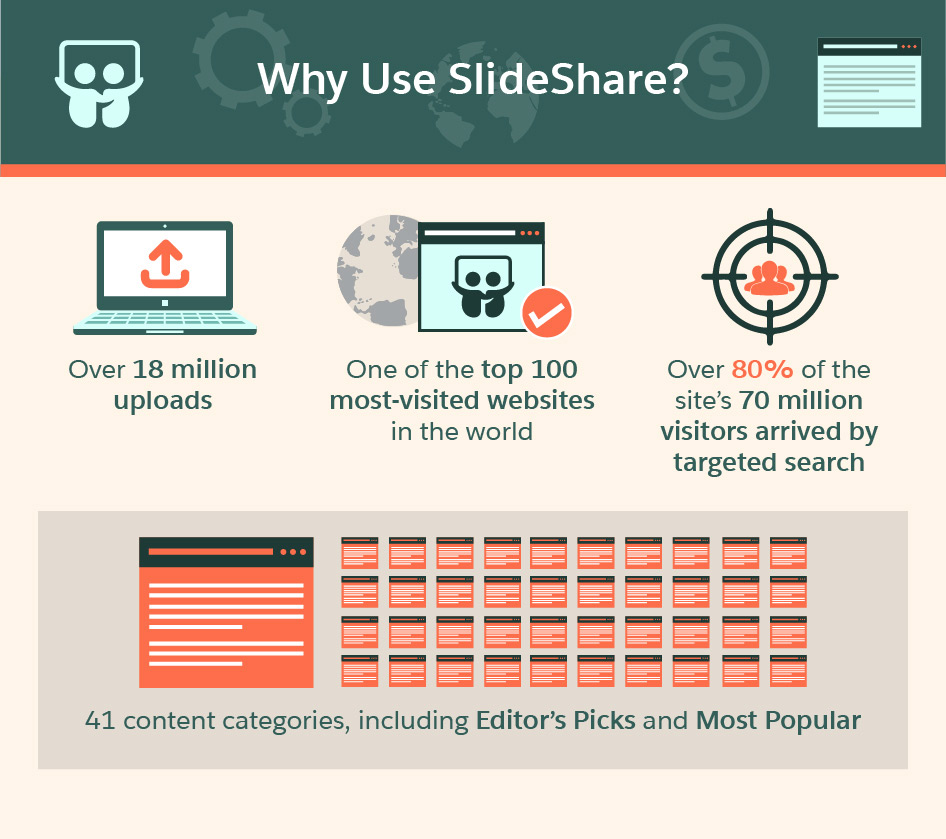When used to its greatest advantage, content marketing can create a relationship between a company and its customers. With content, salespeople can add value to each client interaction, creating memorable touchpoints that help prospects successfully progress through each stage of the sales cycle. Using case studies, data, gated content, guest blogging, and other forms of content, sales teams gain more control over their sales funnel, and sales can carefully guide customers toward a favourable purchasing decision.
Through informative and unique stories, salespeople can strategically boost sales and influence buyer behaviours. Below are seven tips for using content marketing to improve sales enablement and performance.
The Different Types of Content
- Your content’s longevity falls into three categories
- Timely: Based on current events
- Seasonal: A longer shelf life, but goes out of date
- Evergreen: Stays relevant and does not need to be updated often
- The information in your content revolves around
- Your audience’s interests and values
- For an audience at the top of the funnel
- Educational, not sales-driven
- Your company and customers
- For people in the middle of the funnel
- Humanize your company
- Stories about current customers
- Your products and services
- For potential customers at the bottom of the funnel
- Best for readers who are close to making a purchase
- Still educational, but covers more information relevant to making the sale
- Your audience’s interests and values

Capture emails and generate qualified leads using gated content
While an active blog can drive thousands of marketing qualified leads, gated content tends to drive better, sales-qualified leads. B2B businesses generate more ROI from their content efforts by hiding their most valuable resources behind a form. Doing so enables sales teams to gain direct access to highly qualified customers who have demonstrated a clear need and expressed interest in learning more about how you can help them successfully achieve their goals.
Types of gated content sales reps can use include:
- Case studies
- Checklists or worksheets
- Ebooks
- Webinar recordings
- Whitepapers
Instead of making all your content available to audiences, keep high-impact resources behind a contact form. That way, sales reps can capture readers’ email addresses and phone numbers, which they may use to initiate a sales conversation.
Delve into actionable data with original research and reports
Data is everywhere and clever brands package the data they gather to develop actionable insights. This content helps their customers make better business decisions. Companies like CoSchedule, DocSend, and Yesware have taken a data-driven approach to content marketing by processing large swaths of data to identify important industry-wide trends that affect businesses around the world. Often, smart salespeople use the research their brand has developed to call out stats that may encourage potential customers to want whatever the sales rep is selling.
Three ways to implement data storytelling include:
- Analyzing active user behaviors and data
- Conducting surveys of your target audience or user base
- Using public data sources—from government archives, industry sources, or on social media
Furthermore, many brands now use original research and reports to drive brand awareness and positive public mention. Some of the best examples of data storytelling from brands are:
- A Scientific Guide to Posting Tweets, Facebook Posts, Emails, and Blog Posts at the Best Time by Buffer
- Authority Report: The State of Tags in Digital Media by Parse.ly
- What We Learned from 200 Startups Who Raised $360M by DocSend
Demonstrate ongoing success through client case studies
Sales prospects who are unfamiliar with your brand or have reservations about the cost of your proposal need to understand the tangible value of your offer. A proven track record of success is often enough to justify costs and close the sale. Case studies are invaluable resources that detail the specific challenge a client faced, the action you took to help solve their problem (or the action they took using your product or service), and the results the clients saw with the help of your product or service.
When entrepreneur Neil Patel added three case studies to his personal site, the results were astounding: Sales grew 185 per cent. When customers know exactly what you have done for your clients in the past, they get the sense you can replicate that success with their business.
Other case studies worth mimicking are:
- BuzzStream Nine-Month Engagement Case Study by Fractl
- How Storytelling Is Helping Chase Build Its Brand by Contently
- San Francisco 49ers: Leveraging Passion At Scale by Pixlee
How to Write an Effective Case Study
- Write about a person, customer, or business your audience can relate to
- Start at the beginning, and make sure there’s a conclusion
- Include data, statistics, and objective, verifiable information as much as possible
- Share the specific steps you took to reach the outcome
- As with all your content, format it with readers in mind
- Decide on a format: whitepaper, video, infographic, blog post

Give clients an insider look with product manuals
Salespeople who offer potential customers a firsthand look at how a product works build trust with prospects—it shows they have nothing to hide. Sales teams can reference product manuals on sales calls and in written correspondence to give buyers a taste of what they can expect when they purchase your product. This helps alleviate the common customer concern that product onboarding is difficult and a huge distraction for new users. In fact, companies waste millions each year procuring systems and technologies that go relatively unused.
For example, to overcome a buyer’s reservation about how other people at their company may adopt your solution, sales reps can strategically use clear and succinct product manuals. Modern-day product manuals, to a certain extent, have taken on the form of a knowledge base too. And to build a great knowledge base, marketing expert Gregory Ciotti recommends:
- Avoid making assumptions. Be clear and unambiguous with your instructions and be generous with images, videos, and screenshots.
- Prioritize your content’s readability. Add bullet points, callouts, line breaks, and subheadings to break up text. Use language your users will be familiar with instead of technical jargon.
- Organize your articles in logical groupings and categories. Group related articles and include recommendations for similar reads in case customers want to read more.
- Use plain titles. Knowledge-base articles are not clickbait. Customers want to find something specific and shouldn’t have to click through several ambiguous titles before finding the information they need.
Reach new audiences as a guest blogger
Guest posting on influential sites was the primary driver of growth for Buffer, a budding social media management app, as it acquired its first 100,000 users. For Groove, guest blogging allowed the help-desk software company to reach an audience of more than 1 million people.
Brand representatives use guest blogging as another way to reach a large and targeted audience. Instead of building their own readership, companies publish content on sites that are influential within their niche to develop thought leadership and attract new customers at scale. There are four steps to follow to become a guest blogger on any site.
- Identify a list of the most influential sites in your niche that are well-read by your target audience.
- Start a relationship with the publication’s editor in an in-person meeting, over email, or on social media.
- Provide a portfolio of your writing to show you can meet their editorial standards.
- Pitch topics their audiences want to read.
To convert any traffic you receive into qualified leads, link to a targeted landing page in your byline. Reference related articles from your site in the post in order to drive additional referral traffic.
Share visual stories on SlideShare
Why Use SlideShare?
- Over 18 million uploads
- One of the top 100 most-visited websites in the world
- Over 80% of the site’s 70 million visitors arrived by targeted search
- 41 content categories, including Editor’s Picks and Most Popular

On SlideShare, millions of people upload professional presentations aimed at engaging more visually-minded thinkers. Sales teams can use SlideShare to drum up interest from their pitch decks. Best of all, SlideShare can be used for free and allows users to easily link to and share live presentations.
Furthermore, instead of sending large PowerPoint files over email, salespeople can link to a SlideShare presentation. This method makes it easier for prospects to circulate the presentation within their team and with other decision makers at their firm. Presentations with high view counts offer an added bonus of social authority, which readers may see as a positive signal about your brand.
To successfully market your brand on SlideShare, communications expert Leyl Black outlines five steps.
- Provide readers with information they need to do their job better.
- Tell a linear and logical story.
- Use featured images and compelling visuals to complement your message.
- Add a call-to-action, such as a link to related content or a lead generation form.
- Promote your presentations.
Support professional development with how-to articles
With content, brands have the opportunity to teach audiences tips, tricks, and strategies that help them be better at their jobs. In-depth articles that demonstrate ways audiences can boost their productivity and enhance their performance at work allow brands to play an integral role in helping its users solve important business problems.
When interacting with clients, successful sales reps may identify issues customers can fix themselves. By sharing how-to articles that show step-by-step instructions to solve specific problems, salespeople earn a prospect’s loyalty and trust. Five stellar examples of detailed how-to articles and long-form guides are:
- How To Grow a New Website to Over 100,000 Organic Visits Per Month by SEO Nick
- How to Rank: 25 Step Master SEO Blueprint by Moz
- No Words Wasted: A Guide to Creating Focused Content by Distilled
- The Definitive Guide to Copywriting by Quick Sprout
- The Ultimate Guide to a Content-Focused Social Media Strategy by Kapost
Final Thoughts
According to content marketing strategist Dechay Watts, there are three reasons why brands should do content marketing. First, it “leverages existing consumer behaviours.” Our natural inclination is to consume educational and enlightening information and share our findings with people we know can also benefit from the content. Second, it “provokes conversations.” Brands win when the content they publish helps generate positive word-of-mouth, which leads to increased brand awareness and sales. Finally, content marketing “develops deeper emotional connections.” The more a brand can pull on a person’s heart strings, the more likely that person will convert into a paying customer.
Content marketing provides salespeople with materials to keep prospects engaged as they move through the different stages of their decision-making process. Branded blog posts, eBooks, and reports place your company top-of-mind with buyers. Over time, that awareness and familiarity with your brand and product translates into loyal, paying customers and increased revenue. Content marketing not only drives traffic to your site, but can also amplify the success you have in other departments including customer service, marketing, and sales.



